
One of my earlier memories of my dad was watching him fill a small tub in the driveway with water on a clear day as he explained to us, his daughters that were just starting out in elementary school, that we were going to witness a solar eclipse through the reflection of the sun and sky in the water. We were instructed not to look directly at the sun because while the solar eclipse was happening it would sear our eyes, but I kept getting restless and turning my head towards the sky. My dad came up with a solution; he got a roll of film negatives from the house and told me that I could look at the sun only if I used the negatives as a filter. The whole experience of seeing the sun engulfed in broad daylight and the sky turning pitch black seemed surreal - as if happening in slow motion. Why did it happen? Where did the sun go? What was blocking the sun? These questions were the building blocks of my lifelong love of science and the pursuit of understanding our vast universe.
Watching the solar eclipse, gathering friends from the neighborhood to witness Halley's comet (we saw it in 1986, when I was 8 years old – the only one I might be able to witness in my lifetime) as it makes its orbit every 75-76 years around the sun, making kites in our backyard and testing them out in the nearby football field were a few of the different activities we would do together as a family, that helped foster an interest in science and an understanding of why things behave the way they do.
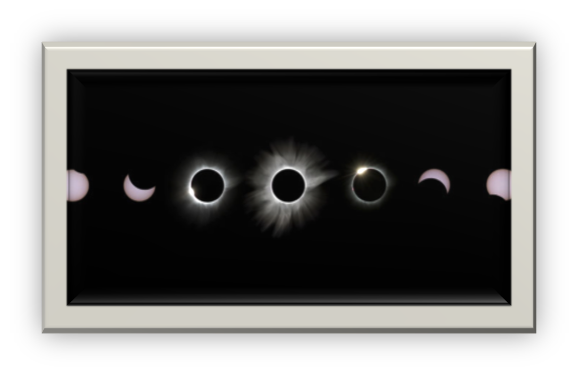
09 March 2016 – Total Solar Eclipse from Palu, Indonesia. Image credit and copyright: Justin Ng.
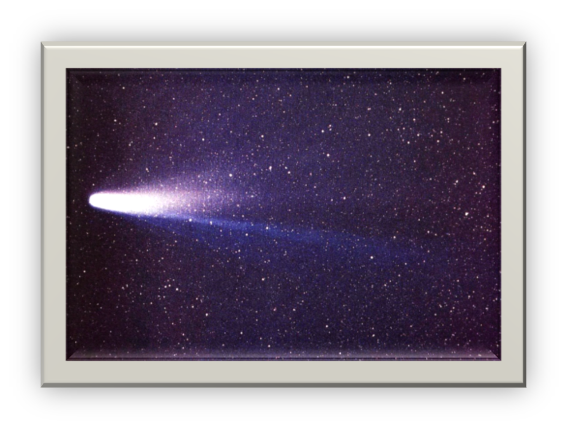
Halley’s Comet: NASA/W. Liller - NSSDC's Photo Gallery (NASA): http://nssdc.gsfc.nasa.gov/photo_gallery/photogallery-comets.html
Being an educator has given me the opportunity to pass on this interest to my students through similar activities that I engage them in every year.
Recently, we took a field trip to the Brooklyn Botanic Gardens where we had sunshine and passing gusts of winds to give our kites a lift. We had worked on making our DIY kites the day before and all the students really got into the crafting process and ended up with some beautiful kites. I was thrilled, as were they, when they got to maneuver their kites and see them soar at the park.
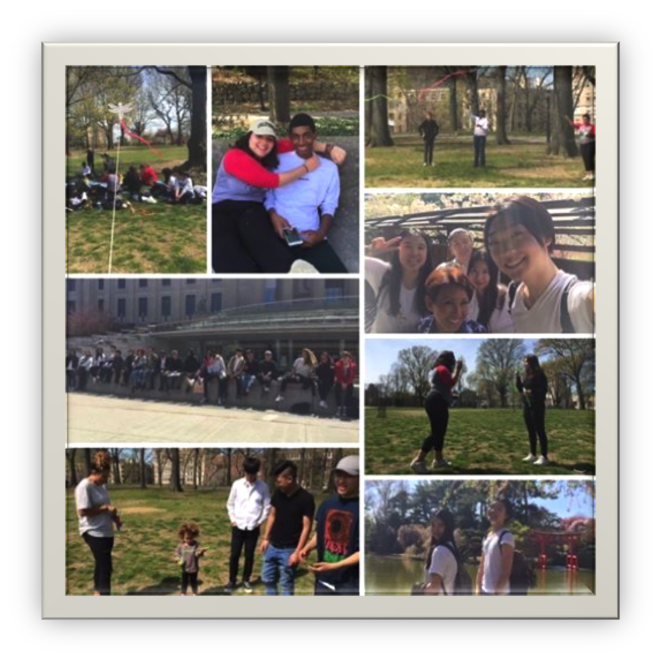
We also had the opportunity to go to the Rose Planetarium at the American Museum of Natural History to learn about the birth of our universe, the Big Bang Theory and watch the Dark Universe space show narrated by astrophysicist Neil de Grasse Tyson. The students were in awe with the concept of our expanding universe and the ability for us to 'see' the remnants of the Big Bang which we know as the Cosmic Background radiation that is all around us! Hearing that sweet static noise and realizing that we are bathing in a sea of radiation leftover from the Big Bang (which occurred 13.8 billion years ago) that started the universe and gave birth to everything we know never ceases to amaze me!

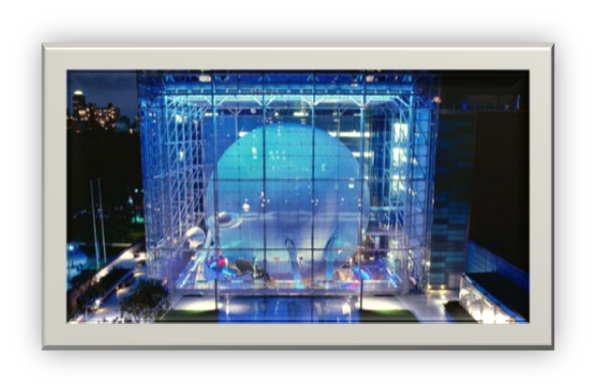
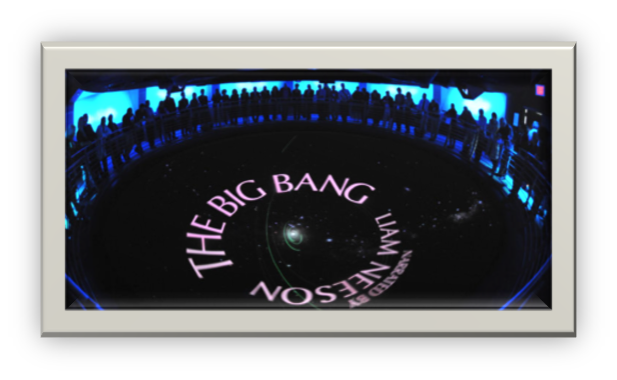
There are countless opportunities to learn from with every experience we go through - either by ourselves, with our family at home, or with teachers and friends at school - the important thing is to never stop searching for knowledge and understanding in this magnificent universe we call home. Thanks for opening my eyes and heart, Dad!
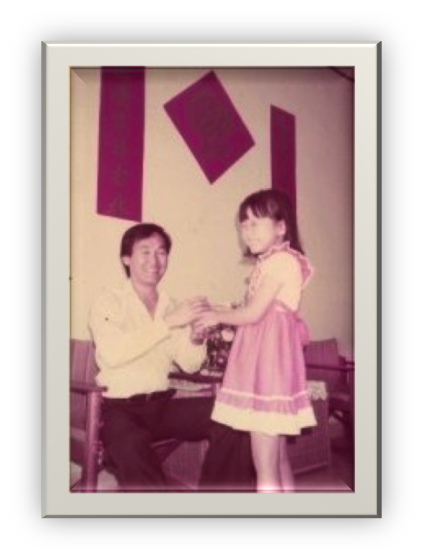
Linli and her father, Chinese New Year 1986, Malaysia.